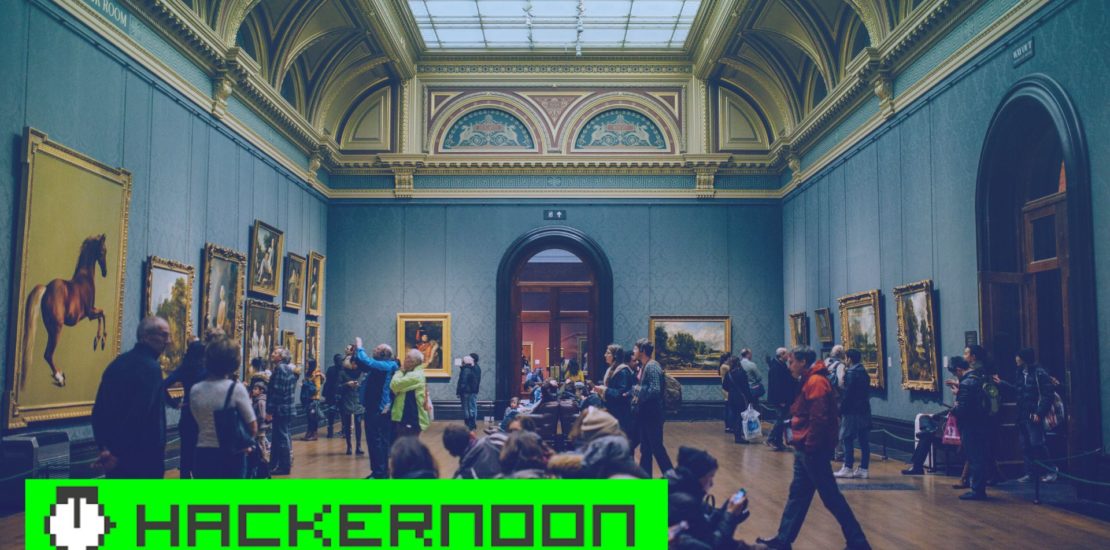- February 12, 2022
- Posted by: MasterAdmin
- Category: Cryptocurrency

The Rise of NFT based Perpetual Royalties
The way we connect with our real and digital worlds is changing because of NFTs. Due to its popularity and exclusivity, 2021 will be a historic moment for NFTs, with total sales topping $14 billion. Artists, investors, and entrepreneurs have been flooding the development Web3 arena. The quality and unique features of users dominate the NFT sector.
\
Gaming, especially Play-to-Earn games, has been one of the most exciting innovations in DeFi in recent years. Metablaze is introducing NFT based perpetual royalties on Ethereum with its NFT collection product which shall provide the initial contributors with perpetual royalties based on the secondary market sales. NFT based perpetual royalties is a novel concept that provides users with passive income from the sale of NFTs from the secondary market. Crypto metaverses are virtual realms with vast social and economic potential. Blockchain technology enables them to join the larger crypto market, enabling virtual goods to be swapped for real-world money outside the metaverse. Metaverses, which combine the immersive surroundings of virtual reality (VR), the gripping playability of video games, the networked participation of social media, and the value exchange of crypto, are poised to become a prominent component throughout the next phase of blockchain gaming on the internet.
\

\
Whenever an asset is sold, the NFT Royalty is provided to the original creator of the asset. In the event that the creator’s work and innovation are valued, recursive selling will bring royalty fees to them. For example, if an artist mints NFT art and lists it in the marketplace, the artist will always get 10% of the transaction. This is the creation and maintenance of an environment that allows individuals to benefit from the crypto ecosystem.
\
Though NFTs offer a variety of advantages and appealing characteristics, the NFT royalties and NFT smart contracts provide the foundation for persuading individuals to enter the crypto world. The Royalty model is a great method to generate cash while recognizing the crypto community. NFT smart contracts, on the other hand, have various linear sets where they desire to have a flawless efficiency model that plays a critical part in asset protection.
Understanding The Technology Behind NFTs
Non-fungible tokens (NFTs) are cryptographic tokens that represent one-of-a-kind assets. NFTs are digital or real-world assets that have been tokenized. Within a blockchain network, they provide verifiable evidence of validity and ownership. Because NFTs are not interchangeable, they create scarcity in the digital world.
\
The property of an item whose component pieces are interchangeable and practically indistinguishable from one another is referred to as fungibility. All fiat currencies, for example, are fungible. Each individual unit must be interchangeable with any other similar individual unit in order to function as a medium of trade. A genuine one-dollar note may be exchanged for another authentic one-dollar bill.
\

\
Decentralized apps (DApps) may leverage NFTs to enable the production and ownership of one-of-a-kind digital products and collectibles. While NFTs may be sold in open markets that link buyers and sellers, it’s important to remember that each one has its value. To make the issuance of NFTs easier, many frameworks have been developed. The most well-known of these is ERC-721, which is a standard for non-fungible asset creation and trade on the Ethereum blockchain. ERC-1155 is a more current, enhanced standard that allows both fungible and non-fungible tokens to be included in a single contract.
\
The standardization of NFTs provides for greater interoperability, which means that unique assets may be easily shared across applications. NFTs have the potential to be an essential part of a future blockchain-based digital economy. They could be used in a variety of sectors, including video games, digital identification, licensing, certifications, and fine art, and they may even allow for partial ownership of goods. Storing ownership and identifying data on the blockchain would improve data quality and privacy while making these assets easier to transfer and administer would minimize friction in commerce and the global economy.
\
Catch all the breaking news, and Don’t forget to like the story!



